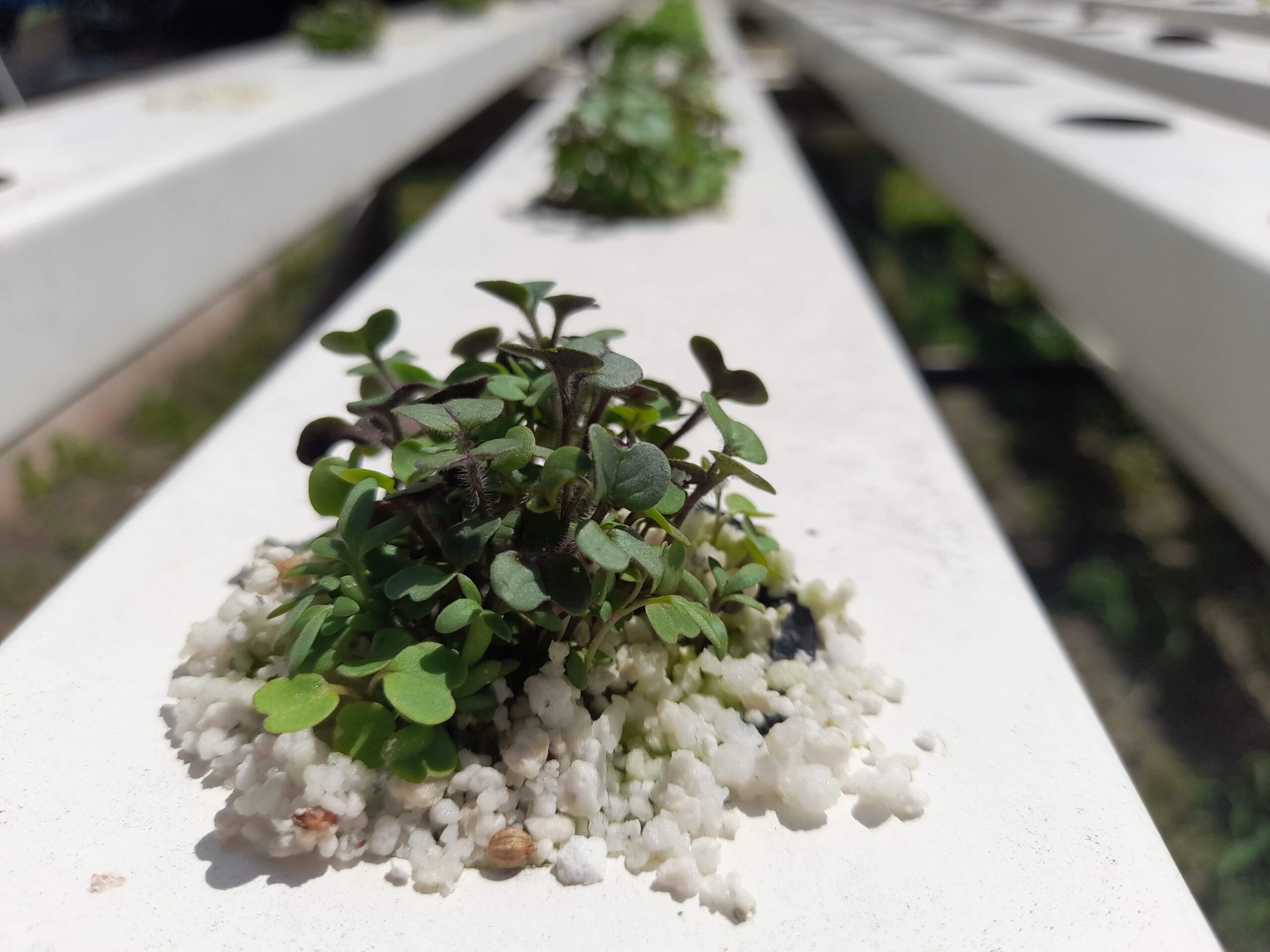With the growth of sustainable gardening practices, many enthusiasts are looking to alternatives like Nutrient Film Technique (NFT) Hydroponics to cultivate small, nutrient-dense plants, like microgreens. Not only do these nutrient-packed gems offer a plethora of health benefits, but they also have a short turnaround time and require minimal space making them a perfect alternative for those in urban settings or people looking to maximize their crop output.
NFT Hydroponics: An Introduction
NFT Hydroponics, or Nutrient Film Technique, is a subset of hydroculture that provides an efficient and water-conserving method of growing plants. Instead of soil, the plants root in a thin film of nutrient-rich water that flows in a continuous loop, providing the plants with all the water, oxygen, and nutrients they need. This soil-less method gives the grower complete control over the growing environment, leading to healthier growth potential. With microgreens, this translates into a denser nutrient content for your salads, sandwiches, and juices.
Grow any micro-green
The DIY NFT Hydroponic system is perfect for growing any sort of microgreens in pots. Pictured here is Rocket.
Staggered Harvests
Stagger your seeding so you can harvest one pot at a time, or more, depending on your needs.
Cultivating Microgreens in NFT Hydroponics
Growing microgreens using the NFT Hydroponics method can be a fun and rewarding process. The first step is to sow your seeds in hydroponic cups packed with perlite. Sprinkle a thin layer of your chosen seed – radish, arugula, broccoli, or kale are all good choices – and then cover with an additional layer of perlite. It’s just like planting seeds in the soil, except the perlite will hold and distribute the nutrient-laden water to the seeds.
The ideal nutrient concentration for microgreens can differ based on the variety, but it’s vital to keep a balanced nutrient mix. For most microgreens, the suggested Total Dissolved Solids (TDS) level ranges from 560 to 840 ppm (parts per million), correlating to an electrical conductivity (EC) of 0.8–1.2 dS/m. Additionally, adjusting the pH of the nutrient solution to a range of 5.5 to 6.5 is important. Maintaining these levels helps ensure your microgreens receive the necessary nutrients for healthy growth.
A useful strategy is to have a staggered batch of microgreens growing by sowing three or four cups a day depending on your system size and requirements. Keep in mind that the microgreens need about two weeks to grow before harvest. Having a ‘production line’ type setup ensures you always have fresh greens at their peak nutrient content.
When it’s time to harvest, bring out your trusty scissors. Cut the greens just above the perlite level, and voila, you have fresh, nutrient-rich microgreens ready for your consumption. The taste and nutrient content will magnify if you consume them within 24 hours of harvesting.
Identifying and Overcoming Common Issues
Like any other growing method, NFT Hydroponics is not without its challenges. Damping-off is a common problem in hydroponics, caused by fungi like Pythium. It presents as wilting, mold growth, or a watery stem base. To counter this, ensure your system is clean, and your water is not stagnant. Using a fungicide can also be a preventive measure in extreme cases.
Next, despite the relatively pest-free environment, you may encounter aphids, thrips, or spider mites. Adding a couple of drops of neem oil to the water can deter them. Sogginess can be another issue if your water level is too high for the microgreens. Keep the water level in the NFT channels to a small film of water by adjusting the angle slightly higher if water in the channels is too deep.
Summing It Up
NFT Hydroponics offers a flexible, efficient, and rewarding method of growing microgreens. From sowing to harvesting, you have complete control over the environmental factors that influence plant growth. And, with a few simple precautions, you can successfully overcome common issues that often arise with hydroponics gardening, as well as get a quick reward for your work since these greens can be harvested in as little as two weeks!
This sustainable and healthy cultivation method not only provides you with an accessible way to grow your own food but also allows you to do your part in conserving resources in the face of environmental challenges. So, here’s to healthy eating with your home-grown microgreens cheering you from your salad plate!

